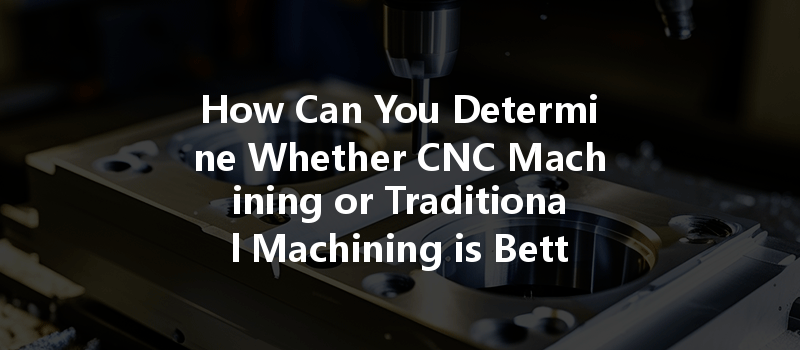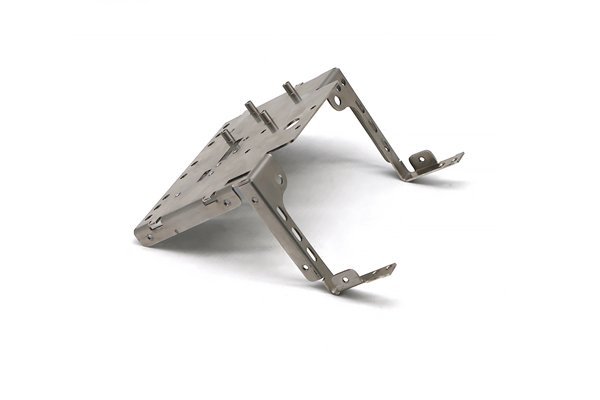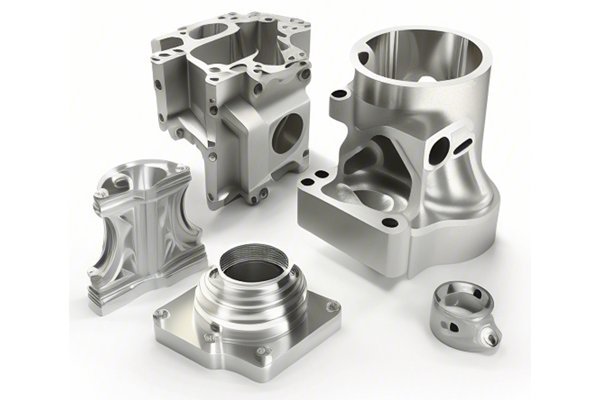Opening:
Did you know that the global CNC machining market was valued at approximately $70 billion in 2021 and is projected to reach about $100 billion by 2028? This impressive growth reflects the increasing reliance on advanced manufacturing processes in various industries, from aerospace to consumer goods. However, for many businesses, the decision between CNC machining and traditional machining methods poses a significant question: which is more suitable for your project needs? In this comprehensive guide, we will explore the differences, advantages, disadvantages, and applications of both machining techniques, equipping you with the knowledge necessary to make an informed decision.
Understanding the Basics
What is CNC Machining?
CNC (Computer Numerical Control) machining is a modern manufacturing process that involves the use of computerized controls to automate machine tools. This technique allows for precise, repeatable, and complex production of parts using various materials, including metals, plastics, and composites. CNC machining is widely regarded for its ability to produce high-quality components with tight tolerances while minimizing human error.
What is Traditional Machining?
Traditional machining encompasses conventional manufacturing processes such as milling, turning, drilling, and grinding, typically carried out by skilled machinists using hand-operated machines. This method relies heavily on manual intervention and craftsmanship to achieve the desired shapes and specifications. While traditional machining is a time-tested approach, it often lacks the precision and efficiency of CNC machining.
Key Differences Between CNC Machining and Traditional Machining
Understanding the fundamental differences between CNC and traditional machining can help you decide which process best suits your project needs.
Precision and Accuracy
One of the most significant advantages of CNC machining is precision. CNC machines can execute complex designs with high accuracy, often within tolerances of just a few micrometers. In contrast, traditional machining relies on manual labor, which can result in inconsistent dimensions and surface quality.
Automation and Efficiency
CNC machining operates on automated programs, enabling it to produce parts continuously with minimal human oversight. This efficiency is particularly beneficial for large production runs or projects requiring numerous identical components. Traditional machining, however, generally demands more hands-on involvement, which can slow down production times.
Complexity of Designs
CNC machines can easily create intricate designs and geometries, making them ideal for producing complex components that would be challenging to achieve through traditional methods. Traditional machining may struggle with more elaborate designs, requiring more setup time and skilled labor to execute effectively.
Cost and Setup
While CNC machining can entail higher initial costs related to equipment and software, it often results in lower per-unit costs for large production runs due to its efficiency. Traditional machining may have a lower upfront cost, but its labor-intensive requirements can lead to higher long-term costs, particularly for intricate projects.
Material Capabilities
CNC machining allows for the use of a wide array of materials, accommodating various specifications and requirements. Traditional machining can also handle numerous materials, but its limitations may hinder the production of some unique designs or properties, especially in alloys or specialized polymers.
Labor Skills and Technical Know-how
Traditional machining relies heavily on skilled machinists with extensive training and hands-on experience. The quality of the final product may depend on the individual’s abilities. CNC machining reduces dependence on specialized labor skills, as machine operators primarily need technical knowledge to interpret CAD (Computer-Aided Design) files and run the machines.
Evaluating Your Project Needs

Now that we understand the fundamental differences between CNC and traditional machining, let’s delve deeper into evaluating your project’s specific needs to make a well-informed choice.
Adapting to materials can play a critical role in your decision. CNC machining can accommodate a wide variety of materials including metals, plastics, and composites with different properties and designs. Traditional machining can process many materials, but it may not yield the same results for specialized or hard-to-work-with materials.
The Best of Both Worlds: Hybrid Approaches
While each machining process has its advantages and drawbacks, some organizations adopt a hybrid approach to capitalize on the strengths of both methods. For instance, a project may begin with traditional machining to create initial prototypes or simpler components, while CNC machining can be employed for high-volume production runs or complex parts.
In conclusion, the choice between CNC machining and traditional machining ultimately hinges on your specific project requirements, including scale, complexity, budget, time constraints, and material types. CNC machining offers unparalleled precision, efficiency, and the capability to produce intricate designs with high accuracy. On the other hand, traditional machining, despite its limitations, still holds value for projects involving simpler designs or lower production volumes.
As industries continue to evolve and technology advances, factory managers, engineers, and designers must carefully assess their project needs to determine the best machining method. Understanding each approach’s intricacies can lead to improved manufacturing capabilities, which could directly impact product quality, production speed, and overall operational efficiency.
In a fast-paced economy, staying informed about the best manufacturing technologies can provide your business with a competitive edge, whether you opt for CNC machining, traditional machining, or a hybrid approach. Always remember to evaluate your project’s demands thoroughly, considering the nuances of both processes for the most effective outcomes.
Related Posts
- How can CNC processing factories provide installation instructions for parts and improve customer satisfaction?
- What Are the Benefits of CNC Turning for Titanium Alloy Parts in Precision Manufacturing?
- What is the difference in tool selection for CNC machining polycarbonate PC vs. transparent acrylic PMMA?






